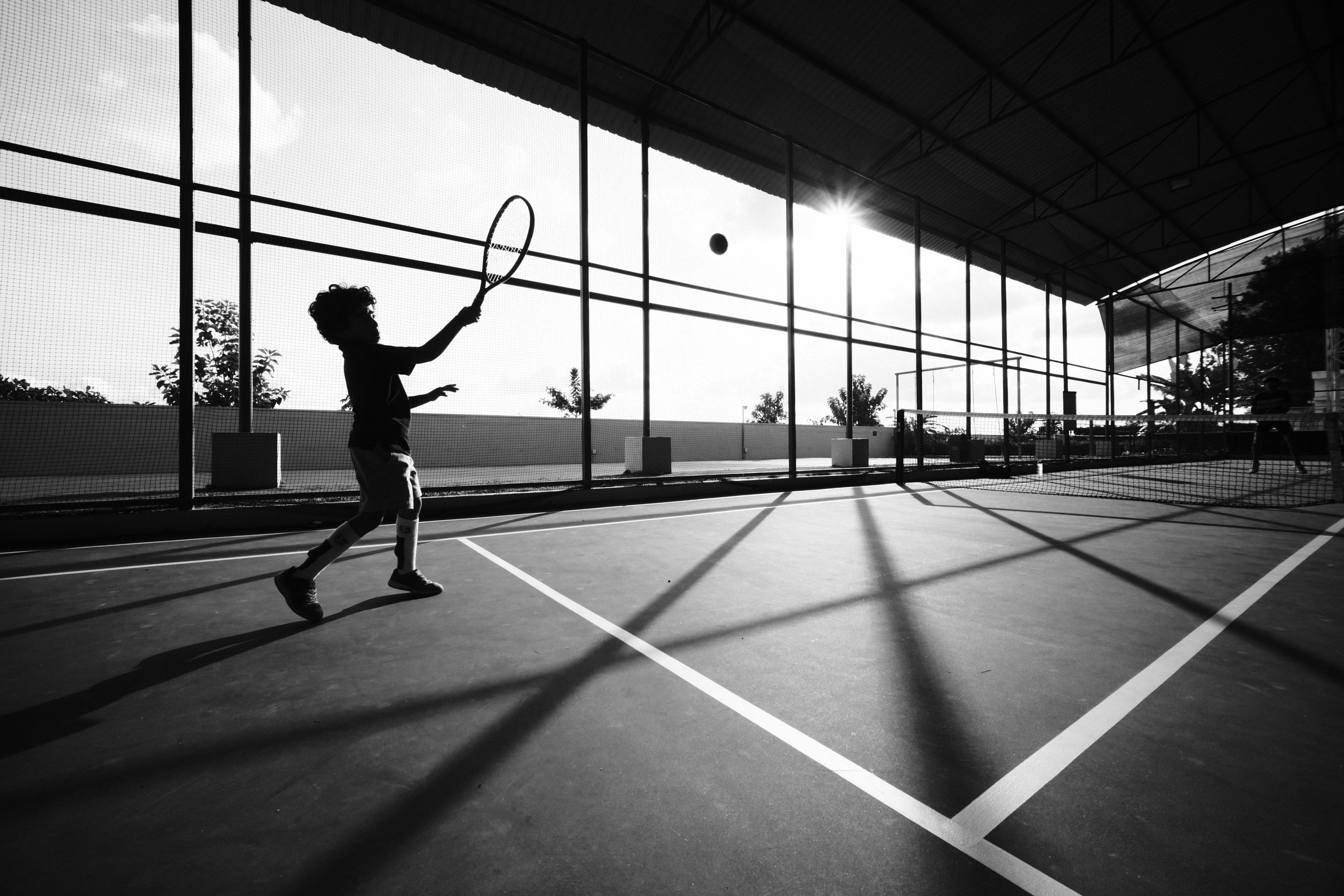
They say, a picture is worth a thousand words, what better way to tell the story of sports than through a 4:3 frame that brings memories to life? Still photography has been used as an aid in storytelling when it comes to sports. Not only has it immortalized stunning moments for the world of sports, but has also been a reliable source of record keeping. Despite various technological advancements, the importance of still photography remains essential.
But, how did sports photography come to light and with the intervention of artificial intelligence and giant strides in technology what does the future hold for sports photography?
Early Days: Struggling to Shutter
The origin of Sports photography goes hand-in-hand with the history of photography itself. Early methods like the daguerreotype ( use of copper sheets coated with a thin layer of silver used as a negative), invented in 1839, captured details but required long exposure times. This proved to be cumbersome as in sports, athletes are in constant motion and are hard to capture during the course of the game. The very first sports photograph, however, was that of a tennis athlete called Mr Laine, posing with a tennis racket. Though the image was captured in a studio, owing to the lack of technology, it is believed to be the first instance of sports being photographed.
After about a decade, the world saw the invention of the wet-plate collodion process in the mid-1850s which offered a glimmer of hope. Shorter exposure times allowed photographers to capture movement albeit in a crude way. However, the process was still quite cumbersome and limited possibilities. This was one of the reasons why early sports photography often featured scenes that were staged, with athletes in predetermined positions posing for the picture. Though these pictures were valuable historically, they lacked dynamism, action, and emotion.

Beginning of the Technological Era
The late 19th century engineered a new era. Technological breakthroughs like dry plates, flexible roll film, and rapid shutter speeds paved the way for capturing genuine sporting moments in the midst of tight competition. Pioneering photographers like George Eastman and Eadweard Muybridge pushed the boundaries, experimenting with capturing motion. Muybridge’s famous Horse in Motion is a sequential photograph of a horse which was captured during a race, laying the groundwork for capturing the fluidity of movement.
The early 20th century witnessed sports photography thrive, allowing photographers to get closer to the action. Photographers started to master the art of capturing the decisive moment and the raw emotions of victory and defeat. These photographs transcended from being mere documentation of the game to becoming evocative stories that brought the drama and passion of sports to life.

The Digital Revolution
The invention of digital cameras in the late 20th century revolutionized sports photography once again. Faster autofocus, higher frame rates, and instant image review allowed photographers to capture fleeting moments with remarkable precision and eliminated the possibility of missing moments. They gained unprecedented control, adjusting exposure and white balance on the fly to create their final image. Digital technology also facilitated the rise of high-speed photography, enabling the capture of details invisible to the human eye.
Modern sports photography extends beyond capturing the action on the field. Photographers now explore the broader narrative of sports – the preparation, the teamwork, and the human stories that fuel the competition. Wide-angle lenses unveil the electrifying atmosphere of a packed stadium, while telephoto lenses bring fans so close to the action, that the experience was even better than being at the stadium.

New Tools, New Techniques, New Future
Technological advancements continue to shape sports photography. Cameras are now smaller and can now be controlled remotely which allows them to capture unique angles from inside helmets and from right above the field with drones. High-dynamic-range (HDR) imaging helps capture the full spectrum of light and shadow on a brightly lit field. Photographers are also embracing photojournalistic techniques like panning and slow shutter speeds to create a sense of movement and dynamism.
As technology evolves, so will sports photography. Artificial intelligence (AI) might assist photographers by auto-focusing on specific athletes or predicting those decisive moments. Virtual reality (VR) could even allow viewers to experience sporting events from the photographer’s perspective in the comfort of their homes.
Sports photography has documented the very evolution of sports itself, from the early days of bare-knuckle boxing to the high-tech world of professional athletics. It has immortalized iconic moments such as – Babe Ruth’s legendary called shot, Muhammad Ali’s triumphant pose over Sonny Liston, and Michael Jordan’s gravity-defying slam dunk to name a few. These photographs are more than just visual records; they are cultural touchstones that evoke memories, inspire generations, and capture the essence of human competition in all its glory.











Usa generic viagrasupreme suppliers mumbaicanadian pharmacy online no scriptFor sale zithromax z pak oralskypharmacy
Viagra 100mgcanada pharmacy onlineOnline Pharmacy CanadaWhere to buy viagracialis genГ©rico canada
Ciprofloxacinonline pharmacy canadaamoxicillin no prescription neededCialis kaufensky pharmacy online drugstore review
Ataraxcanadian pharmacy cialis 20mgcanadian pharmacy no prescriptionLevitrapharmacy online
Kamagrasky pharmacy onlineviagra no prior prescriptionValtrex without prescriptioncanada drugs online
Overseas pharmacyskypharmacycanadian pharmacies no scriptLegal generic tadalafil tabletshealthy man viagra offer